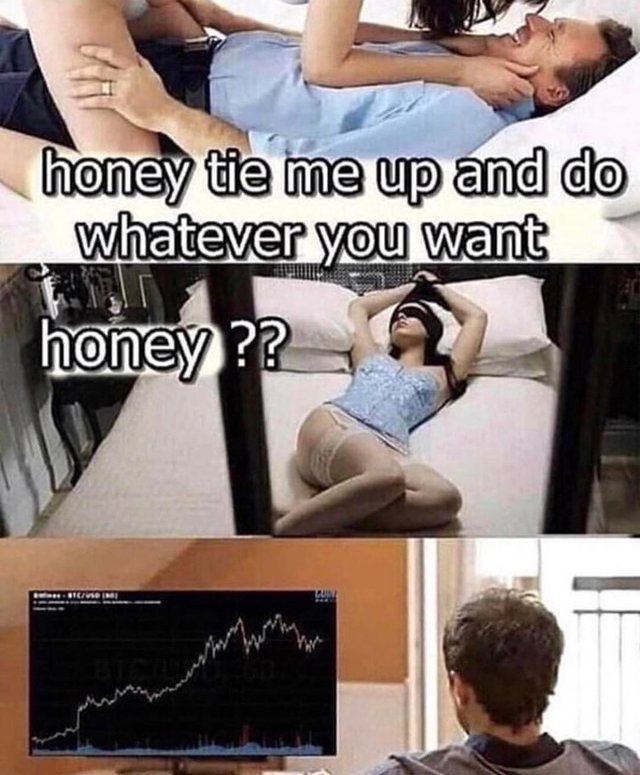Classic charting 101 shows an almost ideal (too perfect?) head and shoulders reversal pattern that has developed on Goldman Sachs, GS. When patterns are this obvious, watched by so many traders/ investors, I have found they usually don’t work. Usually ….
It’s important to note the pattern has not yet triggered so until it does, it is nothing more than a picture of beauty and something that “could be”. If, on the other hand, it does trigger and play out
1) The pattern’s target is down at “T1”.
2) The target decline is ~32%.
3) It would likely occur very quickly as there is little support until you reach the $165 level.
4) The financial sector would be in a world of hurt as it would likely mirror GS’ decline.
5) The US stock market would likely have a much, much further fall in store as its, arguably most important sector, would be falling precipitously.
6) It couldn’t happen to a nicer company (the “evil squid”)





